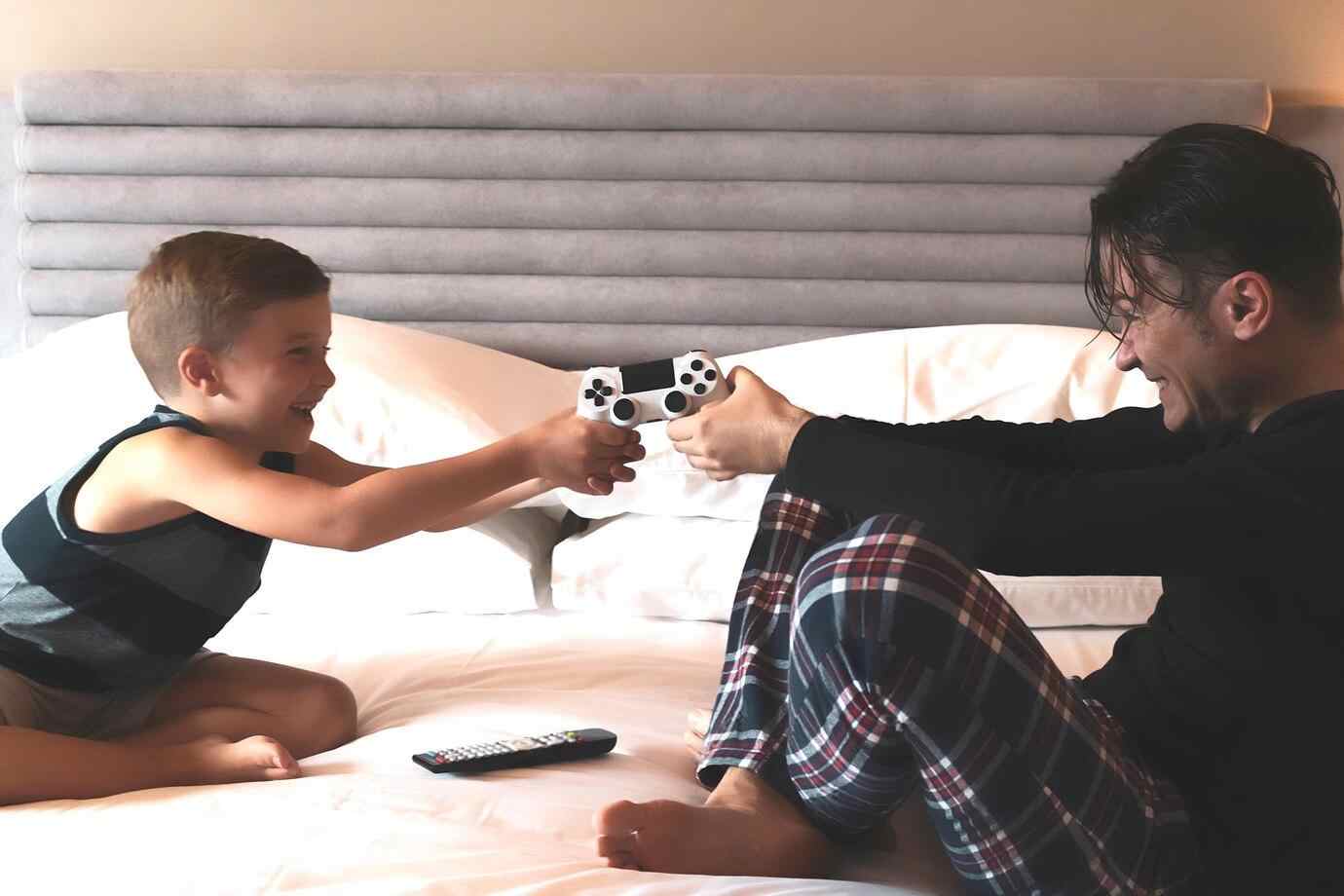Online gaming is fun but can sometimes be a bad experience for kids. Some players say mean things, cheat, or try to ruin the game for others. This is called toxicity, and it can make gaming less enjoyable. Parents can help protect younger gamers by using parental controls. These tools can block harmful content, limit chat, and create a safer gaming space.
What Are Parental Controls?
Parental controls are settings that help parents manage how their kids play games. These settings can:
- Limit screen time – Stops kids from playing too long.
- Block foul language – Removes cursing from chats and messages.
- Mute strangers – Stops random players from talking to your child.
- Filter content – Block games with violence or adult themes.
- Monitor activity – Let parents see what their kids are doing in-game.
Why Are Parental Controls Important?
Gaming should be fun and safe. Without parental controls, younger gamers might see things that are:
- Inappropriate – Bad words, violent content, or bullying.
- Unsafe – Strangers asking for personal information.
- Addictive – Playing too much can affect sleep and schoolwork.
How to Set Up Parental Controls
Each gaming system has different parental controls. Here’s how to set them up on popular platforms:
PlayStation
- Go to Settings > Parental Controls/Family Management.
- Create a child account.
- Set limits on screen time, spending, and chat features.
Xbox
- Open the Xbox Family Settings app or go to the Microsoft Family website.
- Add your child’s account.
- Adjust chat settings, limit spending, and set screen time rules.
Nintendo Switch
- Download the Nintendo Switch Parental Controls app.
- Link your child’s account.
- Set time limits and restrict online features.
PC (Windows & Mac)
- Use Microsoft Family Safety (Windows) or Screen Time (Mac).
- Block inappropriate websites.
- Monitor game time and chat activity.
Mobile Games (iOS & Android)
- Use Google Family Link (Android) or Screen Time (iOS).
- Restrict downloads and online purchases.
- Limit communication with strangers.
How Parental Controls Reduce Toxicity
Toxicity in games can come from many sources, but parental controls help in several ways:
| Problem | How Parental Controls Help |
|---|---|
| Foul language in chat | Filters out curse words and insults. |
| Strangers contacting kids | Blocks messages from unknown players. |
| Too much screen time | Limits gaming hours to avoid addiction. |
| Exposure to violent games | Restricts access to age-appropriate games. |
| Online bullying | Allows parents to review chat logs and take action. |
Expert Advice: What Parents Should Do
1. Talk to Your Kids About Online Safety
- Explain why they shouldn’t talk to strangers.
- Teach them to report bad behavior.
- Please encourage them to play with friends they know in real life.
2. Play Games Together
- Join in on gaming sessions to see what your child experiences.
- Recommend safe, non-toxic games.
3. Use Built-In Game Features
- Many games have settings to turn off chat, friend requests, or in-game purchases.
- Set up child-friendly profiles with restricted features.
4. Keep an Eye on Online Communities
- Some gaming communities are toxic. Check if a game’s online space is safe.
- Block access to forums or Discord servers that allow poisonous behavior.
5. Encourage Positive Gaming Habits
- Praise good sportsmanship and teamwork.
- Remind kids that it’s okay to take breaks.
- Help them find gaming groups with positive players.
Games That Are Safe for Younger Gamers
Some games are designed to be safe and fun without toxic elements. Here are a few recommendations:
| Game | Features That Make It Safe |
|---|---|
| Minecraft | No required chat, creative play, private servers. |
| Animal Crossing | No violence, friendly community, relaxing gameplay. |
| Lego Games | Offline multiplayer, no online interactions. |
| Super Mario Games | Family-friendly, no chat features. |
| Splatoon 3 | Limited chat, focus on teamwork. |
What to Do If Your Child Faces Toxicity
Even with parental controls, some toxicity might slip through. If your child experiences online harassment:
- Listen to them – Make sure they feel safe talking to you.
- Report toxic players – Use the game’s report system.
- Block and mute bullies – Teach your child how to remove toxic players.
- Encourage a break – If gaming becomes stressful, take a step back.
Final Thoughts
Parental controls are among the best tools for keeping kids safe in gaming. They help reduce toxicity, block lousy content, and create a positive gaming experience. Parents should also talk to their kids, set gaming rules, and encourage good online behavior.
By using the correct settings and staying involved, parents can make sure their children enjoy gaming without the risks of toxicity.




